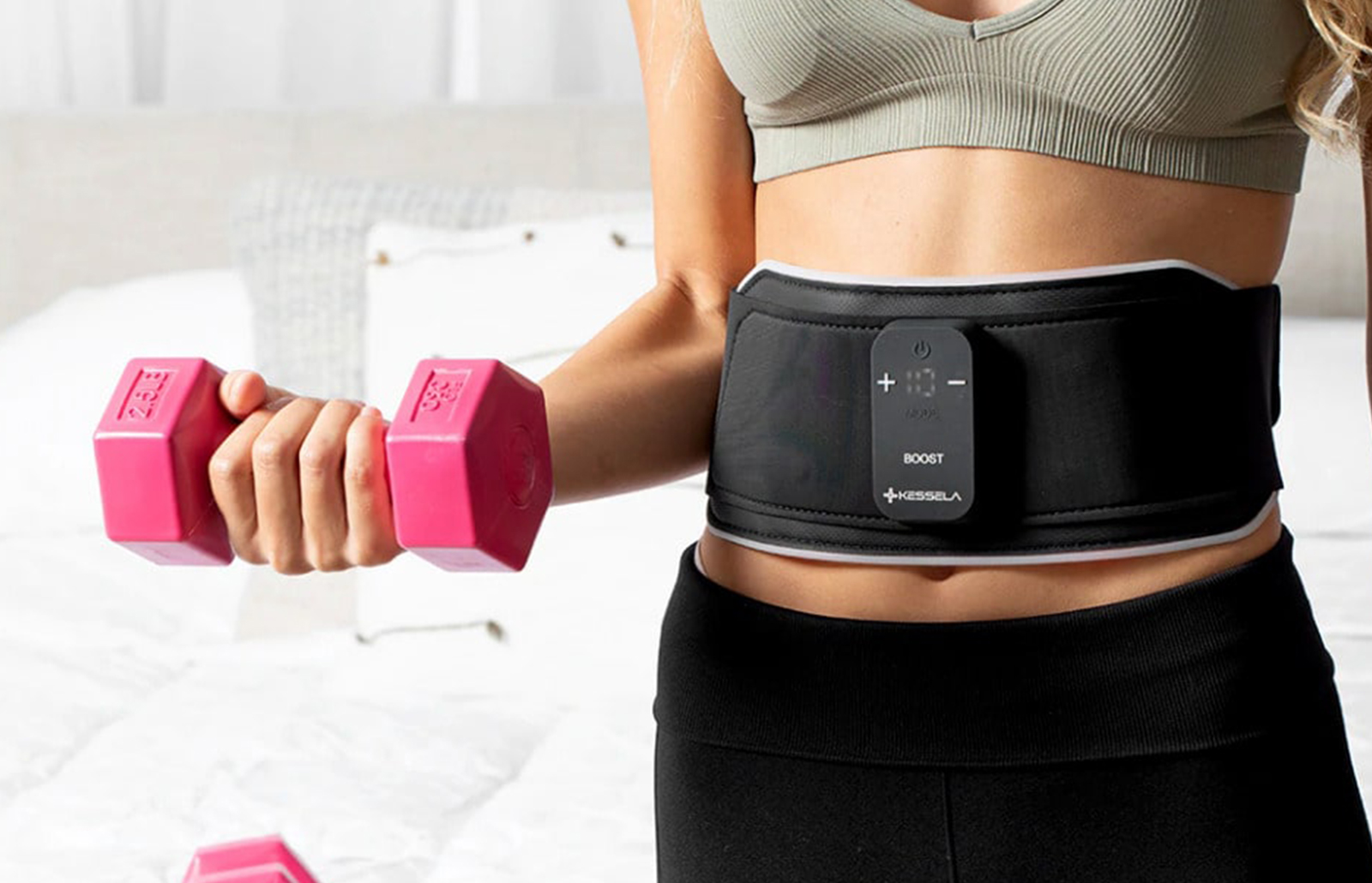
Photobiomodulation (PBM), often referred to as red light therapy, has garnered significant attention in recent years for its numerous health benefits. One of the more compelling claims is that PBM can help eliminate fat. As obesity and weight-related health issues continue to rise globally, the potential for non-invasive fat reduction therapies such as PBM has sparked interest among both the public and medical professionals. Numerous studies now provide evidence that PBM can effectively target fat cells and aid in weight loss, further supporting its use in fat reduction treatments. In this blog, we’ll explore how PBM works, the science behind fat reduction, and why medical studies are highlighting its efficacy in helping individuals achieve a healthier body composition.
What is Photobiomodulation (PBM)?
Photobiomodulation involves the use of low-level lasers or light-emitting diodes (LEDs) to expose body tissues to specific wavelengths of light. The light penetrates the skin and interacts with cells at a molecular level. PBM can help with cellular energy production, repair, and regeneration. It is used widely to treat conditions like inflammation, pain, and wound healing. More recently, it has been investigated for its ability to assist in fat reduction and body contouring.
The mechanism through which PBM achieves these effects is still under active research, but several mechanisms have been proposed. The process usually involves near-infrared or red light wavelengths that range between 600 nm and 1200 nm, with various wavelengths having different effects on biological tissues.
The Science Behind Fat Elimination with PBM
Fat elimination through PBM is grounded in the biological principle that light can affect cellular function. The fat cells (adipocytes) in our body store energy in the form of triglycerides. PBM is thought to cause the fat cells to release these triglycerides, leading to a reduction in fat cell size.
One of the primary mechanisms at work is photodissociation, where the light energy breaks down the fat stored within the adipocytes. Specifically, PBM targets the mitochondria, the energy-producing structures within cells, to stimulate the release of fatty acids into the bloodstream, where they can be metabolized as energy. This process is often compared to traditional methods of lipolysis, where fat cells are broken down, but PBM provides a non-invasive alternative without surgery or downtime.
Key Medical Studies on PBM and Fat Reduction
1. Study on the Efficacy of Low-Level Laser Therapy in Body Contouring
A study published in the Journal of Clinical and Aesthetic Dermatology in 2009 investigated the effect of low-level laser therapy on body fat. The researchers found that after a few weeks of treatment, patients showed a significant reduction in waist, hip, and thigh circumference. The study concluded that PBM therapy could effectively reduce localized fat deposits without causing harm to the surrounding tissues. This breakthrough study set the foundation for more comprehensive research into how PBM can be used to eliminate fat.
2. Impact on Subcutaneous Fat
Another prominent study published in Lasers in Surgery and Medicine in 2011 investigated the impact of PBM on subcutaneous fat. This study involved a randomized, double-blind, placebo-controlled trial. Participants were treated with PBM therapy over the course of six weeks, and the results demonstrated that those treated with PBM had a marked reduction in abdominal fat compared to the placebo group. These findings were pivotal in proving that PBM could target fat cells specifically without harming other body tissues.
3. Clinical Trials Focused on Cellulite and Body Contouring
Clinical trials have also demonstrated PBM’s efficacy in reducing cellulite, a common concern associated with fat deposits. A study conducted by Dr. Jorge Soto and colleagues focused on the application of PBM for cellulite reduction. After eight weeks of therapy, participants showed improved skin texture and a reduction in fat dimpling. The light therapy was able to break down the fat deposits beneath the skin, leading to smoother skin and a noticeable reduction in cellulite.
These studies point to one clear conclusion: PBM is an effective non-invasive technique for fat reduction.
How Does PBM Compare to Traditional Fat Reduction Techniques?
Traditional fat reduction techniques, such as liposuction, fat-freezing (CoolSculpting), and ultrasound-based treatments, have been used for decades to help people achieve their desired body contour. However, these methods can be invasive, costly, and require downtime for recovery. Liposuction, for example, is a surgical procedure that removes fat cells permanently but comes with risks such as infection, scarring, and extended recovery periods.
PBM stands out because it is non-invasive, painless, and requires no downtime. Patients can return to their normal activities immediately after treatment. Moreover, PBM does not involve the removal of fat cells but rather triggers the natural release of fat from the cells, making it a gentler option for individuals looking for fat reduction. This natural process of fat elimination reduces the risk of complications, ensuring a safe treatment experience.
Another critical advantage of PBM over traditional methods is that it promotes overall skin health. While treatments like liposuction or fat-freezing can sometimes leave the skin loose or sagging, PBM stimulates collagen production, improving skin elasticity and reducing the appearance of wrinkles and stretch marks.
The Advantages of PBM for Fat Reduction
1. Non-Invasive and Painless
PBM is a completely non-invasive procedure, making it an attractive option for those looking to avoid surgery or invasive methods. Patients do not experience any discomfort during the procedure, which only involves exposure to therapeutic light.
2. No Downtime
Unlike surgical procedures, PBM treatments require no recovery time. You can go about your daily activities immediately after treatment.
3. Targeted Fat Reduction
PBM allows for targeted fat reduction in specific areas of the body. Common areas treated include the abdomen, thighs, arms, and chin. The ability to focus on localized fat deposits is one of the key advantages of PBM over more generalized weight loss methods.
4. Skin Tightening and Rejuvenation
PBM promotes collagen production, which tightens and rejuvenates the skin. This means that while you’re reducing fat, you’re also improving the overall appearance of your skin, making PBM a dual-benefit therapy.
5. Clinically Proven
As discussed, multiple studies support the efficacy of PBM for fat reduction, making it a scientifically backed option for those looking to lose fat. These studies demonstrate both the safety and effectiveness of the therapy, providing confidence for patients and practitioners alike.
Who is PBM for?
While PBM can help with fat reduction, it is important to note that it is not a solution for significant weight loss or obesity. PBM works best for individuals who are relatively close to their ideal body weight but have stubborn fat deposits that are resistant to diet and exercise. It is an ideal option for people looking to refine their body contour and eliminate those last few inches of fat in problem areas.
Takeaways
Photobiomodulation (PBM) offers a promising non-invasive solution for fat elimination. Supported by a growing body of medical research, PBM effectively reduces fat deposits, promotes skin health, and provides a safe alternative to more invasive fat reduction methods. Whether you’re looking to shed stubborn fat in localized areas or want to avoid surgery, PBM stands out as a scientifically proven method with numerous health benefits. If you’re considering fat reduction treatments, PBM is a versatile, effective, and pain-free option worth exploring. With its ability to target fat, promote collagen production, and tighten the skin, PBM is a revolutionary step forward in non-invasive body contouring solutions.








